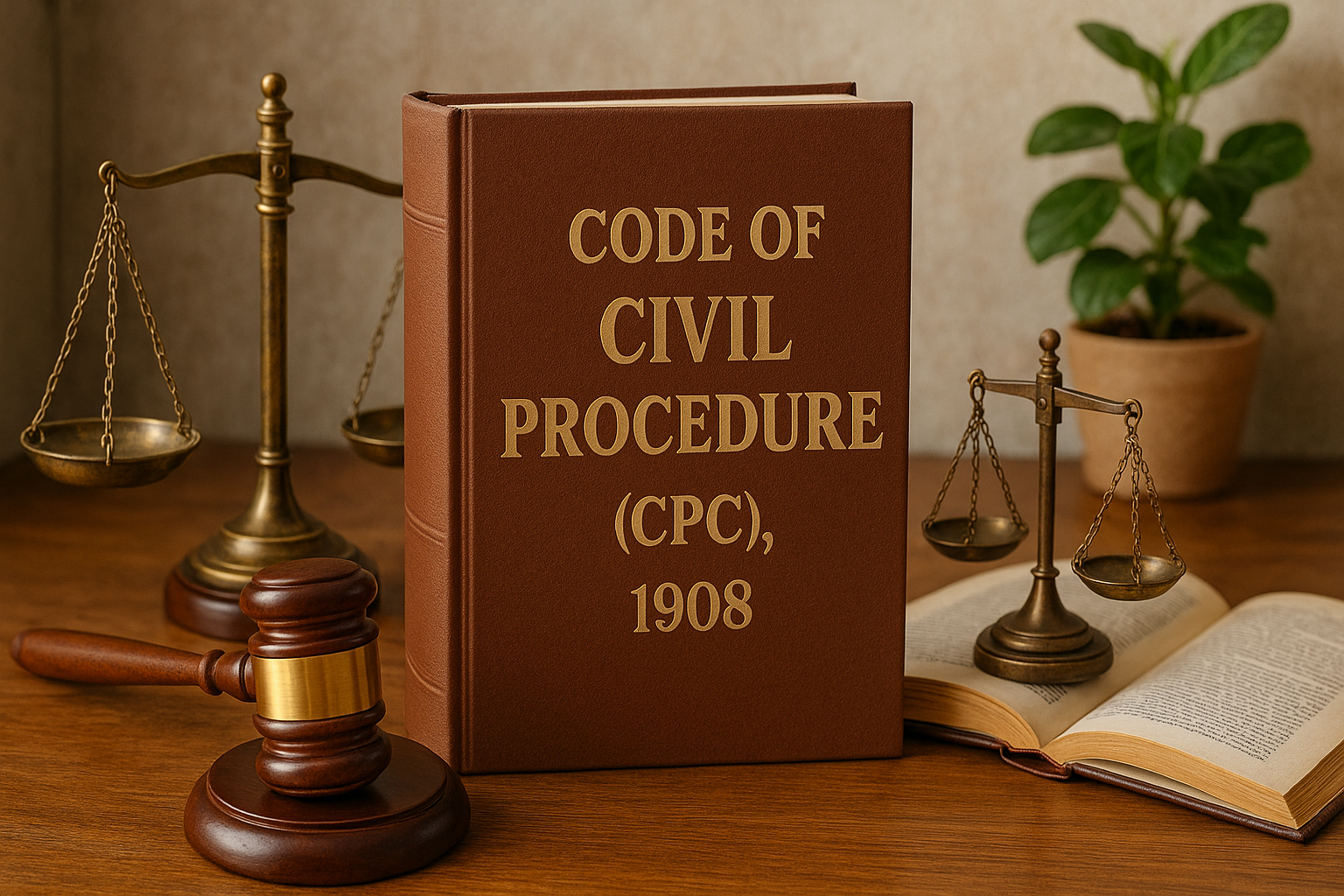1. Meaning and Relevance
In civil litigation, the parties may decide not to proceed with a suit or to settle the matter amicably before the final judgment. The Code of Civil Procedure, 1908, provides a structured mechanism for:
-
Withdrawal of a suit by the plaintiff, and
-
Compromise or settlement between the parties.
These provisions are covered under Order XXIII CPC.
2. Withdrawal of Suit – Order XXIII Rule 1
A. Withdrawal Without Leave of Court (Rule 1(1))
-
The plaintiff may abandon the suit or any part of the claim at any time.
-
No permission of the court is required if the plaintiff does not wish to file a fresh suit.
B. Withdrawal With Leave to File Fresh Suit (Rule 1(3))
-
The court may allow withdrawal with permission to file a new suit, only when:
-
The suit must fail for formal defect, or
-
There are sufficient grounds for allowing fresh litigation.
-
Formal defects include misjoinder of parties, improper valuation, wrong jurisdiction, etc.
C. Consequence of Withdrawal Without Leave (Rule 1(4))
-
If the suit is withdrawn without leave, the plaintiff is barred from bringing a new suit on the same subject matter.
3. Compromise of Suit – Order XXIII Rule 3
A. Meaning
A compromise is an agreement between the parties to settle the suit wholly or partly, which is then recorded by the court and enforced as a decree.
B. Essentials of a Valid Compromise
-
Must be a lawful agreement or adjustment
-
Must be in writing and signed by the parties
-
Should relate to the subject matter of the suit
-
Must be voluntary and not fraudulent
Once recorded, a compromise has the same force as a decree passed after trial.
C. Court’s Duty
-
The court must be satisfied that the agreement is lawful and genuine
-
No decree can be passed if the compromise is disputed or fraudulent
4. Compromise in Representative Suits – Rule 3B
In representative suits (e.g., suits filed under Order I Rule 8), no compromise or withdrawal is allowed without the court’s permission.
This ensures that the interest of all represented parties is protected.
5. Difference Between Withdrawal and Compromise
| Basis | Withdrawal (Rule 1) | Compromise (Rule 3) |
|---|---|---|
| Nature | Unilateral act by plaintiff | Mutual agreement between parties |
| Court’s Role | May or may not require permission | Court must record and approve it |
| Outcome | Suit ends, possibly without fresh filing rights | Decree passed as per terms of compromise |
| Bar on fresh suit | Yes, unless leave is granted | No bar, as suit is settled |
6. Important Case Law
K.S. Bhoopathy v. Kokila (2000)
Held that court must exercise judicial discretion while granting permission to withdraw a suit, especially when leave to file afresh is sought.
Bharat Petroleum Corp. v. M/s Chembur Service Station (2004)
Reiterated that a compromise decree must be based on a lawful agreement; the court must ensure genuineness and consent.
7. Conclusion
The provisions for withdrawal and compromise of suits under Order XXIII CPC reflect the law’s recognition of the parties’ autonomy to resolve disputes amicably. While withdrawal ends litigation, compromise concludes it on agreed terms, both contributing to judicial economy and litigation efficiency.
Courts ensure that such actions are taken transparently and lawfully, especially when they affect third-party or public interest.

